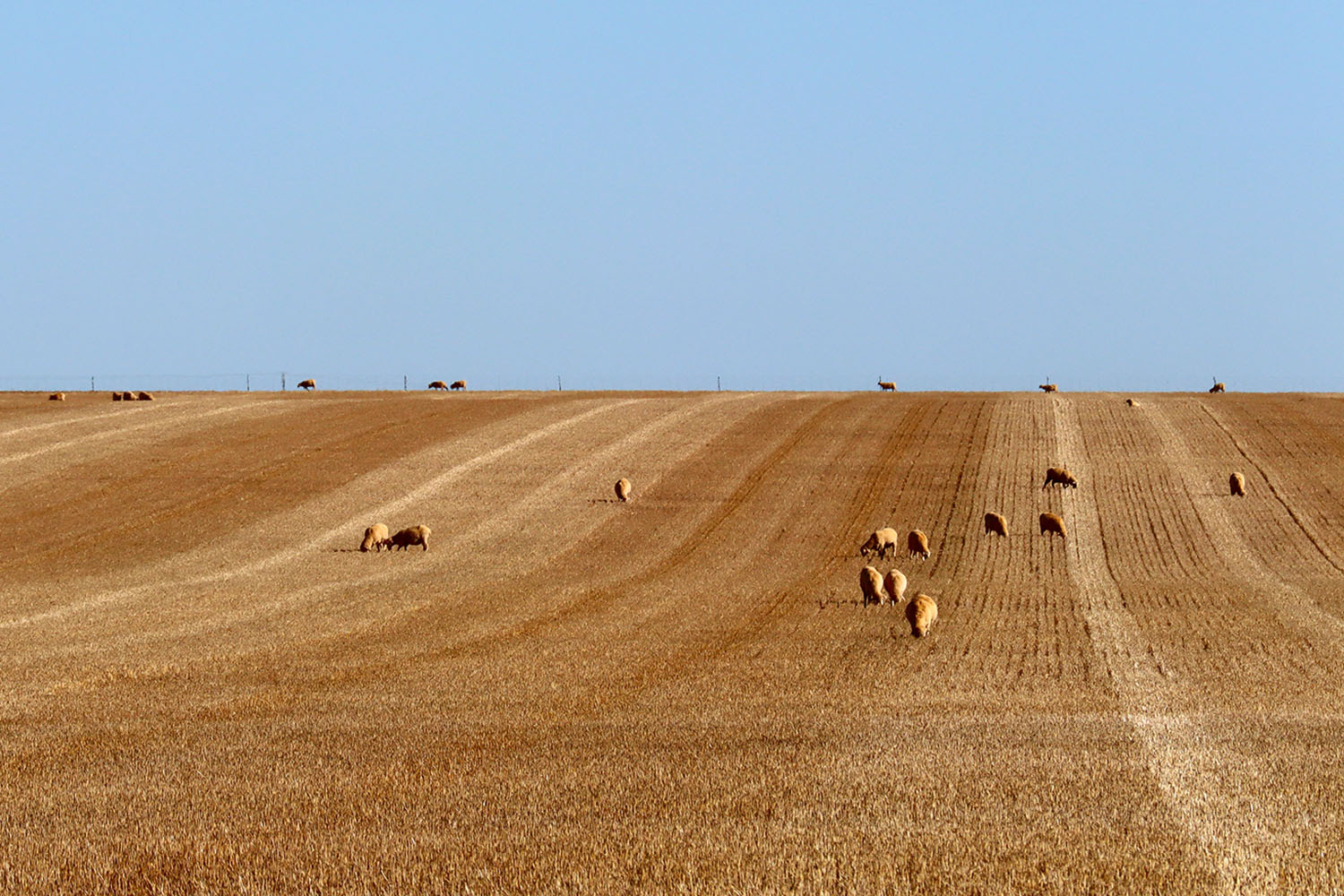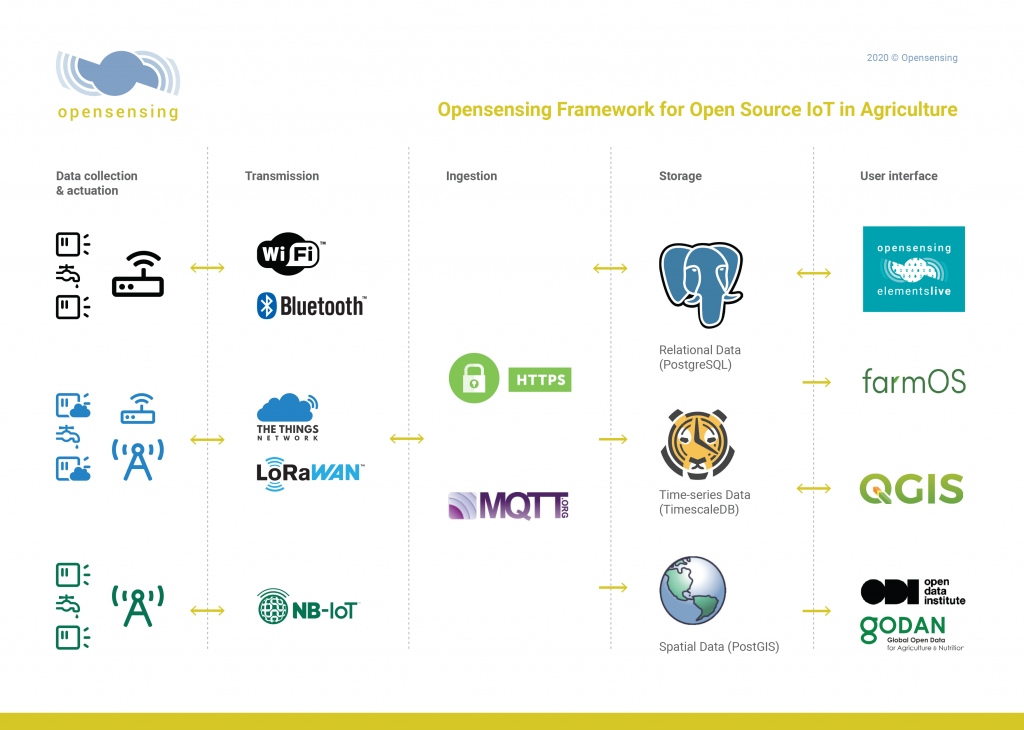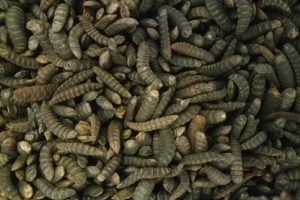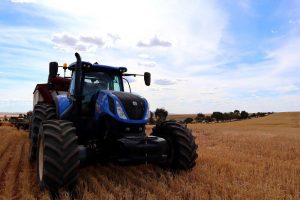Technological innovation over the last few decades has made it possible for agriculturalists to collect and use real-time climatic, soil, water, equipment, plant and animal health data to inform decision making processes.
Currently however, nearly all technology solutions are provided by large manufacturers or private companies. These systems are proprietary and closed, with limited opportunities for integration across platforms. Farmers with a diverse range of data needs have therefore been forced to buy, manage and maintain multiple data platforms. This has created a barrier for the adoption of such innovations, particularly for small farming operations who do not have the resources to participate fully in this space. It has also acted to discourage the sharing of data, even though farmers are very willing to share their data with other farmers and research institutions (Zhang et al., 2017).
Open source IoT offers an alternative and more accessible solution to the collection, aggregation and sharing of data across the agricultural sector. But open source is not open data (Sargent, 2020). Open source refers instead to a method of software development in which the source code is made available publicly without requiring a licensing fee. Only the code is open, not necessarily the data (Ault et al., 2018). Farmers are therefore empowered to be masters of their own data (Ault et al., 2018) and to make it available when and to whom they see fit.
Building a culture of open source IoT in agriculture that encourages stakeholder collaboration by the aggregation of data sets from hundreds even thousands of individual farmers (regardless of production systems), researchers and government agencies, and made publicly available through user interfaces e.g. Opensensing’s Elements Live and farmOS, has the potential to create greater insights and to drive innovation ‘harder, better, faster and stronger’ (Sargent, 2020). Anybody with an idea, passion and talent anywhere in the world can contribute to the innovation culture. More minds mean more ideas and creativity (Ault et al., 2020) – ideas and creativity that the agricultural sector can take advantage of to realise increases in productivity and profitability, and the restoration, repair and regeneration of the natural environment for which they have stewardship.
Our highly experienced team at Opensensing is committed to the philosophy of open source and participates globally in open source movements and initiatives e.g. LoRaWAN technologies and The Things Network. The Opensensing Framework below provides a visual representation of how components of the open source IoT ecosystem fit together. We invite you to collaborate with us to create powerful data solutions customised to meet your unique needs, and to help build an open source IoT culture across the wider agricultural sector.
References
Sargent, A. 2020. If you want to go far, go together: The future of open source agtech. Published by Nuffield Australia.
Ault, A., Krogmeier, J., and Buckmaster, D 2018. Ag’s Future Belongs to Open Source. Resource Magazine.
Zhang, A., Baker, I., Jakku, E. and Llewellyn, R. 2017. The needs and drivers for the present and future of digital agriculture in Australia. A cross industries producer survey for the Rural R&D for Profit ‘Precision to Decision’ (P2D) project. Australia: CSIRO.




